
INBREEDING IN MODERN APPLE CULTIVATION
Hans-Joachim Bannier
H.-J. Bannier, Pomologen-Verein, 33615 Bielefeld, Germany
Translated by Reinhard Schomberg-Klee (Göttingen) and Nigel Deacon (Leicester).
ABSTRACT & KEYWORDS & COPYRIGHT DECLARATION
Introduction
A hundred years ago there were, in Germany, over a thousand apple varieties documented in the literature (see Diel 1799 to 1832, Dittrich 1839, Langethal 1853, Illustrirtes Handbuch der Obstkunde 1859-1875, Lauche 1883, Engelbrecht 1889, Müller et al. 1905 -1934). The actual number of cultivated apples was probably higher than this; it is unlikely that all of them were fully documented. Many apple varieties spread over the whole country, others were confined to a region or a few villages. Some apples from Germany achieved international fame, and some foreign varieties ended up in Germany. In this way a "variety pool" of mixed origins arose. It was genetically diverse, with a wide range of fruit and tree characteristics, and some resistance to diseases and pests.
Today the global fruit breeding industry is producing a wide range of varieties, with one big difference: the overwhelming majority are descendants of just six apple cultivars.
The author’s analysis of five hundred commercial varieties developed since 1920, mainly Central European and American types, shows that most are descended from Golden Delicious, Cox's Orange Pippin, Jonathan, McIntosh, Red Delicious or James Grieve. This means they have at least one of these apples in their family tree, as a parent, grandparent or great-grandparent.
Six apples as "ancestors" of the 500 examined varieties
In 274 species (55% of those investigated) the six "ancestor varieties" are represented twice or more in the family tree, in 140 varieties (28%) at least three times, in 87 varieties (17%) at least 4 times and in 55 varieties (11%) 5 times or more.
By far the most common used `ancestor variety´ for breeding is Golden Delicious (347 times crossed into a total of 255 of the examined 500 varieties), followed by McIntosh (252 times cross-bred into 174 varieties), Jonathan (167 times crossed into 154 varieties) and Cox Orange (157 times crossed into 150 varieties). Following this is Red Delicious (95 crosses in 90 varieties) and James Grieve (101 crosses in 75 species). McIntosh and Red Delicious dominate American breeding programmes, and McIntosh has had a central role in developing Columnar varieties. Cox's Orange Pippin and James Grieve are more commonly used in the European breeding programmes.
Golden Delicious has been involved in breeding more than half of the 500 apples examined, directly or indirectly. Worldwide the varieties McIntosh, Jonathan and Cox's Orange are crossed in 30% of all new varieties, as parents, grandparents or great-grandparents. The varieties Red Delicious and James Grieve were used in 18% and 15% of the examined breeding varieties respectively.
In the breeding work from 1900 to 1950, the six "ancestor varieties" were usually crossed directly. Usually only one (or max. two) of the six show up in the pedigree of the new apples. Examples include Alkmene (Germany 1930, Oldenburg x Cox Orange) or Kidd's Orange (New Zealand 1924, Red Delicious x Cox Orange). In later breeding work it became more common to use the offspring for new crossings. Therefore the indirect participation of the six ancestors increases from decade to decade. Gala, for example [New Zealand 1934, Kidd's Orange (Red Delicious x Cox Orange) x Golden Delicious] involves the ancestors three times, and Sansa [New Zealand 1969, Gala x Akane (Jonathan x Worcester Pearmain)], involves four ancestor participations in the family tree.
An increase of inbreeding
In the last three decades (four decades in the USA), an increasing number of multiple crosses of the six 'ancestors' has led to what can only be called 'inbreeding'.
The variety Prima (USA 1958) has as ancestors in its family tree McIntosh (twice) and Golden Delicious; the variety Topaz (Czech Republic 1984, Rubin x Vanda) has Golden Delicious (twice) and James Grieve(twice) and Jonathan and McIntosh. Santana (Netherlands, 1998, Elstar x Priscilla) has Golden Delicious (twice) and Red Delicious, Cox and McIntosh.
During the promotion of new varieties in the trade press, it is normal to mention the parents but not the underlying ancestry. This means that the accumulation of genes of the six ancestors is often not apparent, even for experts. In the German fruit literature, the extent of genetic narrowing in apple breeding has not received much attention, though it was covered once by Silbereisen et al in 1986. In the English literature, Noiton & Alspach (New Zealand 1996) point out the strong dominance of the six ancestor varieties and warn against inbreeding.
Today, leaders in the accumulation of genes of the six "ancestors" are the Czech apple Mercury (Topaz x Rajka) and Solaris (Topaz x UEB 2345 / 1): Mercury has five times Golden Delicious, three times James Grieve, twice each Jonathan and McIntosh and Cox Orange once in its ancestry - a total of 13 in-crosses (Fig.1). For Solaris we have four times each Golden Delicious and James Grieve, three times McIntosh and once Jonathan; a total of twelve in-crosses.
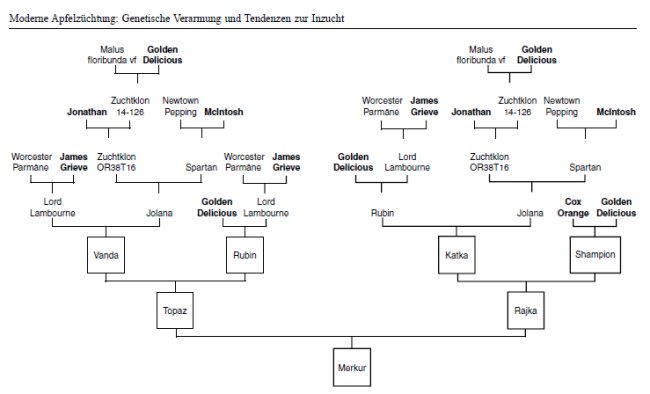
figure 1: Czech variety 'Mercury' with the most gene accumulation from the six 'ancestors': five times Golden Delicious, three times James Grieve, twice Jonathan, twice McIntosh; once Cox Orange.
The French variety Initial has in its family tree five of the six "ancestors" (2x McIntosh and 1x each Golden Delicious, Jonathan, Cox's Orange Pippin and Red Delicious).
A similar tendency is noticed in some recent columnar apples. Pomredrobust (Germany 2003) has 3x Golden Delicious, 2x McIntosh, 2x James Grieve and once Jonathan in its pedigree. The American breed Sumac (Vista Bella x Jerseymac) has a 7-fold cross-breeding of McIntosh (see Table 1).
The inbreeding would be estimated to be even higher if it could be proved by DNA analysis that the variety James Grieve - as suspected by Maggioni et al. (1997) was derived from Cox (and not solely by Potts Seedling as specified in the current literature).
In the first half of the 20th century there were, in the 500 apples listed, a few chance seedlings and others which did not originate from the six 'ancestors. There were fewer of these after 1950, but they varieties were not very significant in their market share, and their use for breeding was insignificant or zero.
Of the varieties which still have commercial importance in Germany, only the old varieties Boskoop (NL, 1856/63) and Granny Smith (Aus, 1868) and the more recent Discovery (GB 1949/62) are unrelated to the 'ancestor' varieties. Braeburn (NZ, 1952) may also be unrelated but is suspected by some to be a Cox descendant.
The list in Table 2 below shows to the extent of genetic narrowing in apple breeding since 1920, as breeders worldwide tend to pursue similar goals and work with the same parents. The presence of many varieties worldwide in today's research stations does not represent a very wide spectrum of apple DNA. "The breeding produces ... a large number of varieties, but also tends to impoverishment in the field of genetic diversity "(Blaser 2001).
There is a similar story when one looks at breeding programmes aimed at increasing resistance to scab. Most of the varieties raised are descendants of the six "ancestor" varieties. The scab resistance was usually introduced by crossing with a wild apple, but unfortunately most breeders use the same one. "Nearly 95% of today's scab-resistant apple varieties are based on the Vf-resistance of Malus floribunda 821" (Ruess 2000a). It is likely, therefore, that the resistance depends on a single gene and is unlikely to be durable.
Genetic narrowing in cultivars with monogenic scab-resistance
The Vf-resistance from M. Floribunda 821 is quite unlike the polygenic resistance of older varieties. It is convenient to use in breeding programmes because the Vf-carrier gene can be identified by using molecular markers. This makes it easy to see whether the resistance gene has been incorporated into the cultivar, and it reduces the need for lengthy field observations which might otherwise take several years.
A problem with this strategy is that it leads to genetic impoverishment. The other problem is that resistance dependent on a single gene is often not particularly stable. In several regions of Germany, for example, the single-gene Vf-resistance has been overcome by fungal mutation, observed first in 1983 in the variety Prima (see figure 2). Fischer, 2003, commented: "The breakdown was possible because the resistance is monogenic ... and the fungus has been overcome by mutation and natural selection .... ".
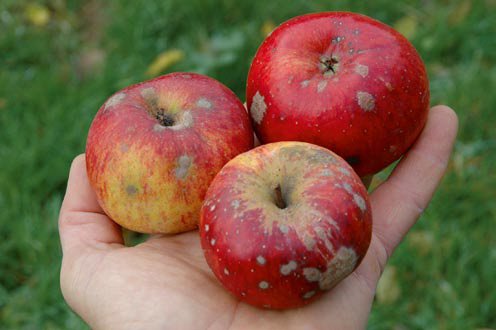
figure 2. Topaz: breakdown of single-gene scab resistance caused by fungal mutation
The breeders responded by working with resistance dependent on two genes, with the help of molecular genetics. Nevertheless there are fears that the problem of resistance breakdown has not been stopped; merely delayed.
Disease-prone ancestors
The reasons for the breeders' preference for the six "ancestor varieties", especially Golden Delicious, are:
-Regular and high-flower set, with some fruit on new wood even if incorrectly pruned
-Little biennial tendency
-Fruits when very young
-Moderate to low growth habit
-Uniform fruit shape and size, attractive fruit color
-Sweet and aromatic taste
-Good fruit firmness for transportation
-Good shelf life
-Long fruit stem (low risk of damage during harvest)
-Less preharvest fruit fall
But the use of six dominant "ancestors" also introduced some vitality problems into modern commercial orchards. The problems are so frequent that they are now considered normal for fruit production.
Their dominance in production and breeding only became possible because the chemical industry developed the necessary pesticides and other products to protect the susceptible trees. Golden Delicious, around since1890 in the U.S., was thus able to spread across the world in the middle of the 20th century.
When the six "ancestors" are observed in non-fungicide-treated orchards and compared to other apple varieties, their defects become obvious:
- Golden Delicious is extremely susceptible to fruit and leaf scab and viruses
- Cox Orange is highly susceptible to cancer and scab , susceptible to aphids, powdery mildew, fire blight and viruses
- McIntosh is highly susceptible to scab, susceptible to cancer and mildew
-Jonathan is very susceptible to mildew and susceptible to `Jonathan-spot', fire blight and scab. Untreated foliage looks sickly.
- James Grieve is susceptible to canker, sap and leaf aphids, red spider, fire blight, and scab
- Red Delicious is moderately susceptible to scab
(Petzold 1990, and long-term observations in untreated orchards by the author, see figures 3-6).
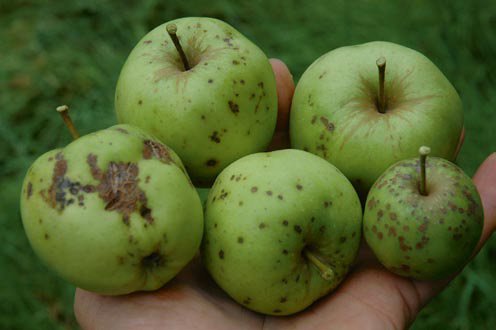
figure 3. Golden Delicious: showing susceptibility to scab

figure 4. Shoot damage on Cox's Orange Pippin:
(a) Scab; (b) Scab and canker
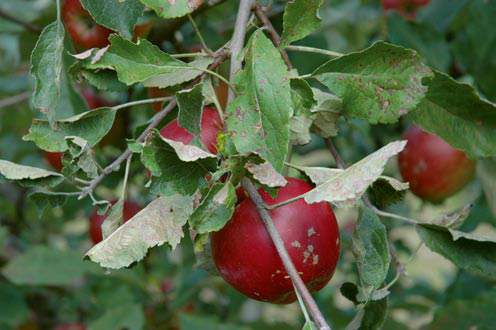
figure 5. Jonathan: sickly foliage and highly susceptible to mildew
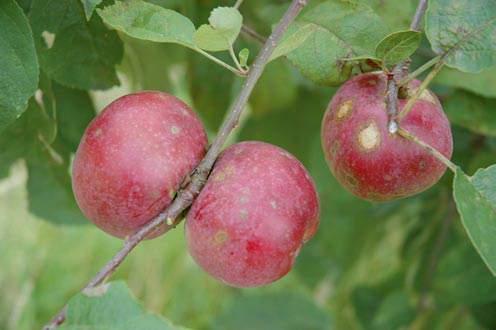
figure 6. McIntosh: susceptible to scab and mildew
Consequences for the vitality of modern varieties
The vast majority of scab problems in modern apple production are based on the use of Golden Delicious, Cox's Orange Pippin and McIntosh as breeding parents. There are however orchards growing old varieties which thrive for decades relatively free of scab, even in unfavorable climatic regions or at sites where the modern dessert apple cultivars will not grow successfully. Such apples include Brettacher, Edelborsdorfer, Eifel Rambur, Finkenwerder Prinzenapfel, Jacob Fischer, Lohrer Rambur, Luxembourg triumph, Martens Seedling, Prince Albrecht of Prussia, Rhenish Winterrambur, Rote Sternrenette, Seestermüher Zitronenapfel and Zabergäu-rennet (see figures 7-10 ).
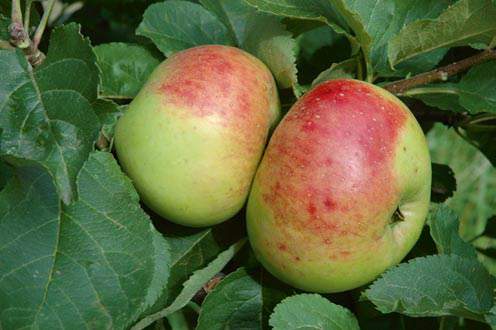
figure 7. Martens Seedling, an old variety with high field resistance to scab and mildew
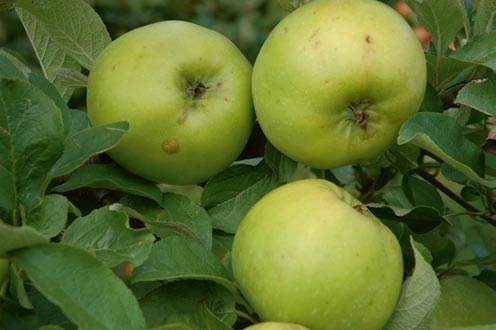
figure 8. Seestermüher lemon apple: an old variety with high field resistance to scab and mildew
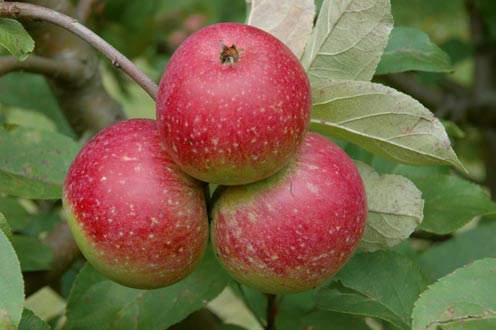
figure 9. Rote Sternrenette: an old variety with high field resistance to scab and mildew
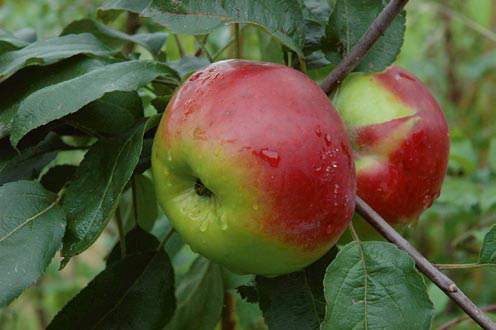
figure 10. Brettacher: resistance to scab and mildew
Likewise, the strong mildew problems in today's orchards are often caused by over-frequent crossing with the varieties Jonathan, McIntosh and Cox Orange. Old varieties growing in traditional orchards were not immune to mildew, but their partial resistance ensured that the problem was not as severe as in today's commercial orchards. Another severe defect of modern in-bred apples is their susceptibility to canker. During the commercial introduction of such varieties, these defects are often glossed over or not mentioned, e.g. the high canker susceptibility of Piros or Topaz..
Susceptibility of apples to mealy bugs and wooly aphids is also very dependant on variety. This is a more general problem and shows little connection with in-breeding.
Recently a number of new varieties has been found to be susceptible to 'Jonathan-spot', where the leaves and fruit are damaged by an Alternaria-like infection. Highly susceptible are many of the modern varieties: Pinova, Rubinola, Topaz and Rewena, Arlet, Prima and Summerred (see figures 11 and 12). The percentage in older varieties seems to be lower), while the percentage in old apple varieties is lower, according to the author's observations; e.g. Landsberger Renette, Martini, Howgate Wonder and Prince Albert of Prussia).
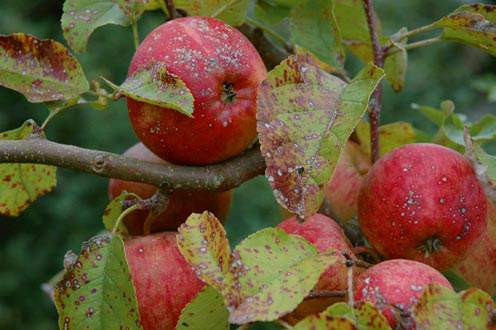
figure 11. Pinova: Alternaria infection
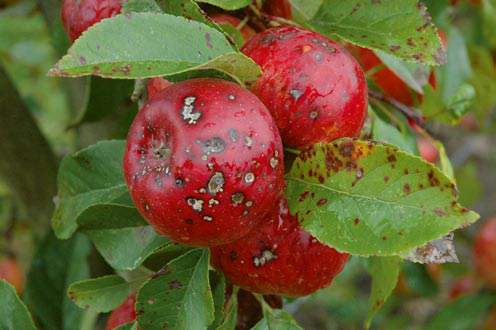
figure 12. Topaz: another variety subject to Alternaria
Although the examples cited have not been quantified, they suggest that the overall vitality of trees should be characterized comprehensively. Scab resistance is important in crop protection but it should not be the only issue considered.
Old varieties with greater vitality
If the six "ancestor varieties" are planted in a plot next to older varieties, dramatic differences in the vitality of plants occur (see figures 13 a, b). The author has noticed this in his non-fungicide orchard in Bielefeld, where he grows Luxembourg Triumph, Edelborsdorfer, Seestermüher Zitronenapfel, Eifeler Rambur. The differences in vitality seem to increase as the trees get older. It should be noted that the differences between old and new varieties are masked if the crop is produced intensively with regular chemical spraying.

figures 13a/b. Dramatic differences in the vitality of Jonathan
(a) and Edelborsdorfer (a). Both varieties are standing side by side in the author's orchard, without fungicide
There is no research known by the author in which the vitality of old and new apple varieties has been measured over a long period of time without fungicide spraying. Research seems to be restricted to observng the effects of a particular fungicide, or its withdrawal, over a relatively short period of time. Long-term research on tree vitality without fungal treatment seems to be an area where research would be worthwhile, in comparing old and new varieties.
Genetic predisposition is only visible in fungicide-free orchards
Two years of non-fungicide growing were carried out at Dresden-Pillnitz about a decade ago (Fischer, 2003).
Four modern varieties were found to be scab and mildew-free: Rebella, Reglindis, Remo, and Rewena.
Of the older varieties, some were found to be equally resistant, e.g. Red Sternrenette, Bittendfelder, Börtlinger wine apple, Erbachhofer, Engelsberger, Early Victoria and Cardinal Bea.
Others showed partial resistance: Jakob Fischer, Hibernal, Prince apple, Spätblühender Taffetapfel, Peasgood Goldrenette, Riesenboiken, and Gewürzluiken.
The most popular varieties in professional fruit production like Gala, Rubinette, Golden Delicious, Granny Smith (mainly Delicious-descendants), and Elstar and Idared, etc. were the most affected. They can only produce to commercial quality standards with intensive crop protection. (Fischer 2003).
The author has planted in his private testing orchard since 1995 over 200 different new and old apple varieties (on M7 - and MM106 rootstock), using no fungicide treatment since that time. The only treatments were the control of the codling moth (with granulosis virus) and the winter moth (with Bacillus thuringiensis, most recently in 1997/98 and 2010). The treatment of canker is entirely mechanical; cutting out followed by the use of clay for wound treatment.
Observations show that certain old apple varieties seem to have have a greater and longer-lasting vitality than most modern cultivars. This is seen under normal and more extreme growing conditions, including areas of high rainfall or orchards at high altitude.Apple varieties like Luxembourg or Edelborsdorfer triumph thrive even in these regions scab free, without fungicide treatment. Their resistance is by no means one hundred percent, but it is significant and long-lasting (see figures 14 a, b).

figures 14a/b. Luxembourg Triumph: Significant multi-gene long-term scab resistance: (a) fruit, (b) leaves
Exceptions confirm the rule
One should be careful in claiming that old apple varieties are more robust than the new varieties. The situation is more complex. Many of the older popular varieties (e.g. Goldparmäne, Landsberger Renette, Ingrid Marie, Berlepsch and Cox) are sensitive and demanding of the grower's skill.
Some of the best old varieties never found national fame, in spite of their quality, and were widely ignored by institutions and fruit breeders. Some of them (eg Edelborsdorfer, English Spitalrenette, Langtons Nonsuch and others) had become lost in recent decades, and were only rediscovered in recent years by the German Pomological Society.
There are also a few new varieties which seem to possess high vitality, e.g. Florina and Reglindis, and in a few cases it has been noticed that susceptible parents produce resistant offspring. One example is Alcmene (Cox's Orange x Oldenburg) which is relatively untroubled by scab and canker, when neither parent is immune. Both parents are prone to canker, Cox is Triebschorf-susceptible and Oldenburg is moderately susceptible to fruit and leaf scab.
Despite these exceptions it is clear that that some old varieties have reasonable field resistance against apple scab and an overall vitality which the majority of modern commercial varieties do not possess. Fruit production without fungicide is unthinkable with today's commercial varieties, but it might be possible with careful selection (and possibly breeding development) of old varieties. Newer varieties with their Malus floribunda scab resistance and the genes of disease-prone ancestors will never thrive in a zero-fungicide orchard.
Genetic diversity is essential for a healthy fruit industry
The dangers of genetic narrowing leading to vulnerability against pests is shown by the example of Central European apricot cultivars. In the last two decades they were consistently hit by Sharka virosis and they have been largely replaced by resistant American varieties in many commercial orchards. We do not know what diseases and pests to expect in the future as the climate gradually changes, or how the virulence of scab or other fungal diseases will alter, but a wider genetic diversity is likely to be useful in several ways.
"No one today can predict which qualities may be valuable; old pests may suddenly mutate, other harmful organisms may appear as the climate changes, consumer eating habits may change, and there may be other surprises in store." (Fischer , 2003). "Qualities which may seem worthless today may be of interest in the future if consumer demands are changing." (Ruess 2000 b).
Unlocking the potential of old varieties
In the short term it may be more rewarding and more efficient, to breed only with monogenic or digenic scab resistances and to cross them with varieties, or their descendants, which are relatively susceptible to disease. At the present time, plant protection products are easy to obtain on the world market, and disease susceptibility is not a major worry..
However, high pesticide use is associated with residue problems in soils, groundwater and fruit. The long-term breeding goal should be a comprehensive, rather than scab-focused, vitality of varieties. Old varieties whose vitality is proven over centuries, could again get a bigger role. There is a fear that old apple varieties grow too strongly, bear moderately and have only moderate flavour, and may be fit only for for processing and cider. There is no evidence for this belief.
Amongst the old varieties, there are many heavy bearing trees such as Bismarck apple, Fießer Erstling, Langton's Nonsuch, Martini, Oberdieck Renette, Prince Albrecht of Prussia, Purple Cousinot, Seestermüher lemon apple, and Strauwalds Pearmain which have largely been forgotten since Golden Delicious became dominant in the market and in apple breeding. There are also many varieties with good taste, e.g. Batull, Berlepsch, Biesterfelder Renette, Gascoyne Scarlet, Gravenstein, Jacob Fischer, Kruger Dickstiel, Landsberger Renette, Luisenapfel, Martens Seedling, Orleans Renette, Parker Pippin, Pojnik, Prince apple, Ribston Pippin, Beauty of Nordhausen, Stahls Winter Prince , etc.).
The apple cultivar Discovery (figure 15) with its high vitality - in the 1940s bred from the old varieties Worcester Pearmain and Beauty of Bath - is a good example of an apple which tastes good and gives a high yield. These qualities can be developed in new apple varieties without using the six "ancestors" of modern fruit production. Discovery shows a high and stable resistance to scab and is a very attractive dessert apple which needs (despite its susceptibility to sunburn) more attention by the breeders. The observed suceptibility of Discovery for fruit cracking, and that of Alkmene, is actually lower in many untreated orchards than in those treated by fungicide. It may be that copper and sulphur sprays increase cracking.
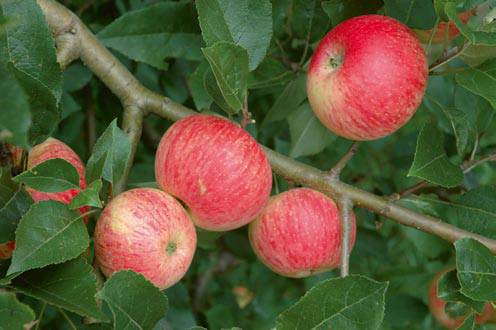
figure 15. Discovery: bred from old varieties. It has attractive fruits
and high scab resistance
If we aim eventually for fungicide-free fruit production, it will be necessary to compare the vitality of old apple varieties and new breeds in both fungicide-treated and untreated orchards.
Old varieties – a practical advantage for allergy sufferers?
A final point worthy of mention is that genetic diversity may benefit those with allergy to commercial apples. Many people, as a result, can only consume processed or cooked apple. The use of some carefully chosen older varieties could help overcome this problem. A number of them (e.g. Prince Albrecht of Prussia, see Fig.16, Bernese rose apple, Notarisapfel, and Gold Pearmain) are known to be well tolerated by those who are otherwise allergic.
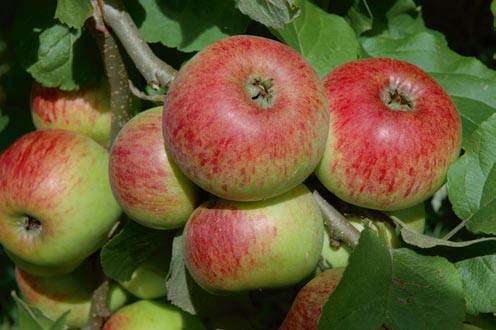
figure 16. For apple allergy sufferers: Prinz Albrecht of Prussia
Acknowledgments:
My special thanks go to Dr. Werner Schuricht, Jena, for his advisory assistance and research.
APPENDIX......
500 commercial apples developed since 1920, and their relationship to the six 'ancestor varieties': Golden Delicious, Cox, Jonathan, McIntosh, Red Delicious and James Grieve. These are marked in bold.
The list focuses on varieties from America and Europe.
Multiple inbreeding is marked by underlining.
Some of the crosses between the six 'ancestors' and their close relatives show additional inbreeding, e.g. Red Delicious x Delicious.
The years (in brackets) show the year of a particular cross, or the year when the variety became available, or when Plant Variety Protection was granted.
Also listed are a few varieties which were developed before 1920 but which only became available after that date.
Clones were not usually listed.
Names which are shaded are believed to be correct but the underlying parentage of the shaded variety is uncertain.
The sources used were: fruit registers, general fruit literature, journals, internet sources, and information obtained privately from breeders. There is insufficient space here to give full details of all of the sources.
Abbreviations:
ub = Unknown,
Vf = Malus floribunda, Vp = Malus pumila F2 26829-2-2 Schorfresistenz clone [(Morgenduft× VF) × (Morgenduft × VF)].
There may be additional inbreeding; it is suspected that James Grieve may have Cox as a parent. However it is unproven and has been ignored.
So- for those of you who wish to look at the varieties in more detail, click on the rtf file APPENDIX . It runs to many pages of very small print. It will open in a separate window so you can keep the 'key' to the abbreviations on the screen.
COPYRIGHT DECLARATION
This English translation from the German is ©Reinhard Schomberg-Klee and Nigel Deacon.
Original text and pictures © H-J Bannier.
English version reproduced by permission of the author, Mr. Hans-Joachim Bannier, and Carol Lerch, Springer spectrum | Springer-Verlag GmbH, SAV-journals, editorial BIOspektrum.
The original article originally appeared in Erwerbs-Obstbau Volume 52, 2011, Numbers 3-4, 85-110, DOI: 10.1007/s10341-010-0113-4 .